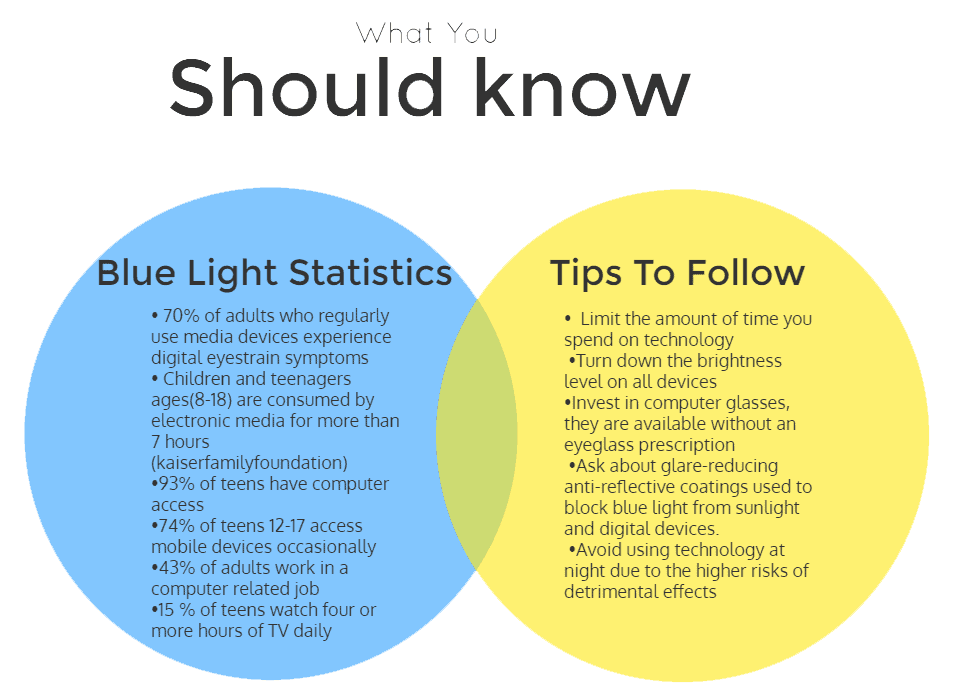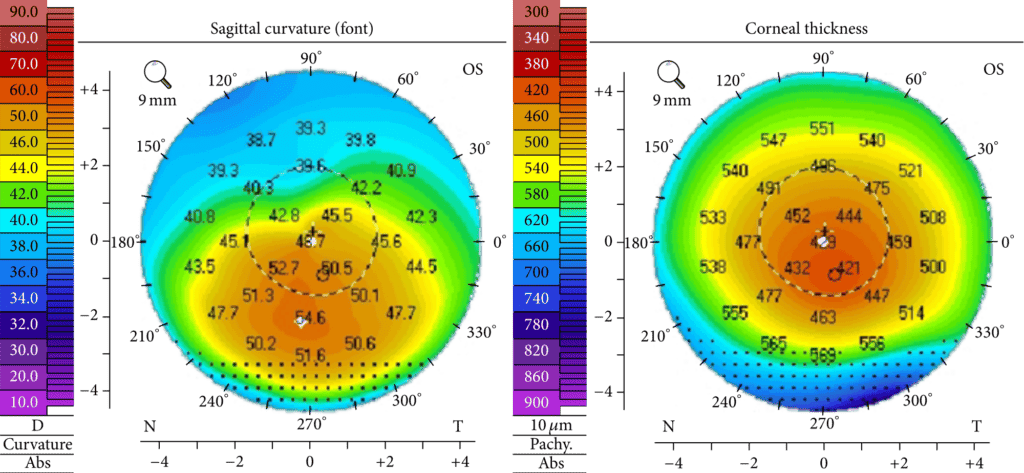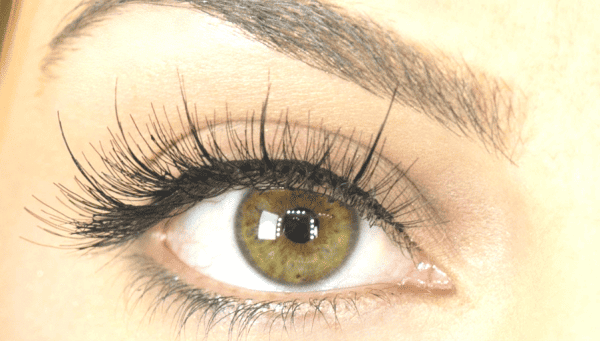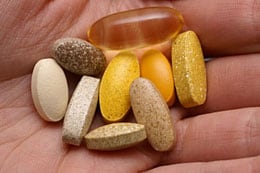Brian & Selina Boxer Wachler talk with Max Flowertv about their involvement in the community. They support the foundation “Giving Vision”, which helps children who cannot afford proper services or eyeglasses to improve their vision. They also are helping the homeless, with the foundation “Homeless not Sock-less”, which provides homeless people with socks.
Category: Blog
Are Eyelash Extensions Harmful For Your Eyes?
Since the 1960’s false eyelashes have been a trending cosmetic product amongst women everywhere. Thanks to stars like the Kardashians, Nicki Minaj and Beyonce, these trendsetters have promoted the market for fabulous falsies. When it comes to a product that’s going near your eyes, one cannot be too careful. Below are some Q & A’s to consider before scheduling an appointment.
Will extensions damage your own lashes?
Yes, it is possible that your own eyelashes can break off if they are not applied by a trained professional. Each lash should be individually applied. Making sure not to pull or rub them off will ensure longevity and healthy lashes. If constantly used, it is possible for the eyelashes to weigh down on the natural lashes tearing them out.
Are they safe to use for contact wearers?
Yes, contact wearers can use them but are still prone to get irritated eyes. Bringing a contact case with extra solution to avoid dry eyes is recommended. The eyes area should also be thoroughly cleaned before eyelash application.
What happens if glue gets in your eye?
Glue cannot directly get into your eyes, since they are shut the whole time, but it is not impossible. Glue products have gotten to the top layer of the eye causing irritation and scarring. Be sure that the glue does not contain harmful chemicals like formaldehyde, which is a common ingredient in glue known to cause allergic reactions.
Can you go blind?
No, you cannot go blind from eyelash extensions because your eyes are closed during the procedure. But in extreme cases, coming in contact with formaldehyde can cause blindness. It is important to go to an eyelash expert who knows how to properly apply the adhesive and lashes.
How do I remove the lashes?
Going to a professional and getting the extensions removed would be your best option, they are trained in removing them without harming your natural lashes. If an allergic reaction has developed, seeing medical attention and visiting your eye doctor should be your first step.
The Dangers Of Blue Light
 Blue light, a colour in the “visible light spectrum” that can be seen by the human eye, is everywhere. From the sunshine rays you are soaking up, to your hand held digital devices. The damage it can cause can contribute to many eye problems,one being Age-related Macular Degeneration (AMD). Age-related Macular Degeneration is a progressive eye condition affecting 15 million Americans and many others around the world. It is the leading cause of vision loss as well as blindness. On the light spectrum, sunlight contains many shades of colors with different energy and wavelengths. Blue light rays with short wavelengths and high energy known as blue-violet contribute to invisible rays called ultraviolet (UV) radiation. Too much exposure can lead to sunburn skin and sunburn to the eyes, this condition is known as Photokeratitis. The main source of blue light is from direct sunlight. For those of you that spend the most time outdoors during the day, wearing protective clothing and applying sunscreen to prevent sun damage is recommended. Blue light rays are also found indoors. Flat-screen televisions and computer screens, also emit the fluorescent and LED lighting. The amount of light they emit does not come close to the amount that is emitted by the sun, but rather the amount of time people spend using these devices. Other risks of blue lighting, is digital eyestrain syndrome: blurry vision, difficulty focusing, dry and irritated eyes, headaches and neck. This increases the chance of cancer and can cause permanent eye damage and vision loss. Although blue light could be harmful for your eyes, it is vital to help boost alertness, elevate your mood and increase well- being. So whether you are indoors or outdoors, you are exposing yourself to these rays. Below are some tips that can help you protect your eyes.
Blue light, a colour in the “visible light spectrum” that can be seen by the human eye, is everywhere. From the sunshine rays you are soaking up, to your hand held digital devices. The damage it can cause can contribute to many eye problems,one being Age-related Macular Degeneration (AMD). Age-related Macular Degeneration is a progressive eye condition affecting 15 million Americans and many others around the world. It is the leading cause of vision loss as well as blindness. On the light spectrum, sunlight contains many shades of colors with different energy and wavelengths. Blue light rays with short wavelengths and high energy known as blue-violet contribute to invisible rays called ultraviolet (UV) radiation. Too much exposure can lead to sunburn skin and sunburn to the eyes, this condition is known as Photokeratitis. The main source of blue light is from direct sunlight. For those of you that spend the most time outdoors during the day, wearing protective clothing and applying sunscreen to prevent sun damage is recommended. Blue light rays are also found indoors. Flat-screen televisions and computer screens, also emit the fluorescent and LED lighting. The amount of light they emit does not come close to the amount that is emitted by the sun, but rather the amount of time people spend using these devices. Other risks of blue lighting, is digital eyestrain syndrome: blurry vision, difficulty focusing, dry and irritated eyes, headaches and neck. This increases the chance of cancer and can cause permanent eye damage and vision loss. Although blue light could be harmful for your eyes, it is vital to help boost alertness, elevate your mood and increase well- being. So whether you are indoors or outdoors, you are exposing yourself to these rays. Below are some tips that can help you protect your eyes.

What is CK for Vision Correction?
Conductive Keratoplasty also known as CK is an 8- minute procedure done here in our office. CK uses non-laser radiofrequency energy that helps reshape the cornea. Heat is applied to the outer cornea reducing the astigmatism and improving the eyesight. This treatment can help fix a number of conditions including Farsightedness, nearsightedness and in some cases help with Keratoconus. CK is often combined with Intacs®, since CK can provide further improvements to eyesight and supplement the improvement of Intacs® alone. Intacs® and CK are routinely performed on the same day.
CK Procedure Benefits:
There are many benefits to having the CK procedure done for those who are suffering from both Farsightedness and Keratoconus. The CK procedure is non-invasive and provides the patient with a speedy recovery. Below are other benefits a patient can have from receiving the CK procedure:
- Little to no pain
- Quicker recovery time
- Increased quality of vision
- Procedure can be done here at our Beverly Hills office
- No overnight hospital stays
- Patient may have freedom from glasses or contact lenses
- Procedure can be done in combination with other procedures
CK is also FDA-approved for patients who need reading glasses. CK can also be used to decrease astigmatism and improve the quality of distance or reading vision as well as improving reading vision after cataract surgery.
Are Eyelash Extensions Harmful For Your Eyes?

Since the 1960s false eyelashes have been a trending cosmetic product among women everywhere. Thanks to stars like the Kardashians, Nicki Minaj and Beyonce, these trendsetters have promoted the market for falsies, but when it comes to a product that’s going near your eyes, one cannot be too careful.
Below are some Q & A’s to consider before scheduling an appointment.
Can you go blind?
No, you cannot go blind from eyelash extensions because your eyes are closed during the procedure. But in extreme cases, coming in contact with formaldehyde can cause blindness. It is important to go to an eyelash expert who knows how to properly apply the adhesive and lashes.
Will extensions damage your own lashes?
If they are applied properly, they should not damage your own lashes. Each lash should be individually applied. Making sure not to pull or rub them off will ensure longevity and healthy lashes. If constantly used, it is possible for the weight of the eyelash to weigh down on the lashes, tearing the real ones out of ones eyes.
Are they safe to use for contact wearers?
Yes, contact wearers are able to use extensions but are still prone to get irritated eyes. Bringing a contact case with you, that has extra solution to avoid dry eyes.
What happens if glue gets in your eye?
Glue cannot directly get into your eyes, since they are shut the whole time, but it is not impossible. Glue products have gotten to the top layer of the eye and can cause irritation and scarring. Be sure that the glue does not contain harmful chemicals like formaldehyde,which is known to cause allergic reactions.
How do I remove the lashes?
Going to a professional and getting the extensions removed would be your best option, they are trained in removing them without harming your own lashes.
Whether you choose to use false eyelashes are not, make sure you are doing your research and are asking the beauty professional the right questions. Take into account that any damage done can possibly be permanent.
Your Favorite Foods Can Be Causing Eye Problems
1. Coffee
Many of us can’t get our day started without our daily cup of coffee, but research suggests that it may be affecting our eyesight. According to the Journal Investigative Ophthalmology & Visual Science, consuming large amounts of caffeine can lead to glaucoma, which is a known cause to blindness. Avid coffee drinkers who consume three or more cups of coffee a day were at a higher risk of developing glaucoma. Researchers suggest that there is some type of compound in coffee, when mixed with caffeine that can result in glaucoma. If you are wondering if you should cut coffee out of your diet, the answer is no. Limiting the amount of coffee is a healthier option though.
2. Sugar
It is no secret that sugar is bad for you, and is found in almost every processed or packaged food. Studies haves shown that nearly two sodas per day can accelerate aging by 4.6 years. Another study, published in the American Journal of Public Health stated that the effect of soda is much like that of smoking. This not only affects the eyesight, but has damaging results on the overall body. You may not realize that sugar is hidden in a lot of foods such as juice, bread, pasta, chips, yogurt and ketchup. Reduce the amount of processed foods in your diet.
3. Junk Food
It may be convenient to order some take out, or pick up some food at the nearest drive-thru, but in reality, those foods are not only taking a toll on your body, but your eye sight. The fats and oils in “fast-food” clog arteries and blood vessels that help supply the eyes with nutrients that they need. It is very important to nourish the body with the necessary vitamins and minerals. Colorful fruit and vegetables, leafy greens and wild-caught fish help with the prevention of eye diseases.
4. Salt
Salt is required in almost every recipe, but did you know high levels of sodium can cause high blood pressure, leading to restricted blood flow to the eyes! Sodium not only bloats the body, but affects other tissues in the body. Sodium in salt, is found in many foods naturally, so adding more salt is not necessary. Removing the salt shaker from the middle of the table of the table, or buying salt with 50% less sodium are two ways that you can reduce your sodium intake.
5. Cigarettes
Although cigarettes are not categorized as “food”, they are categorized under “habits” that can damage your eye health. These cancer sticks not only can leave you blind, but the chemicals being inhaled are three times more likely to cause cataracts according to a study made by Harvard University. There are healthy alternatives to replace the craving.
8 Tips for Healthier Eyes
Making Vitamins Work For Your Eye Care
 Vitamins are often recognized for overall general health, but did you know they can help provide eye care as well? Taking the time to start a vitamin regimen can help your overall vision care. Different supplements can improve your eye health such as flaxseed, fish oil, Niacin, and Antioxidants. Asking your eye care professional which vitamins will benefit you and your vision needs is the first step to establishing a good regimen.
Vitamins are often recognized for overall general health, but did you know they can help provide eye care as well? Taking the time to start a vitamin regimen can help your overall vision care. Different supplements can improve your eye health such as flaxseed, fish oil, Niacin, and Antioxidants. Asking your eye care professional which vitamins will benefit you and your vision needs is the first step to establishing a good regimen.
Below are some of the benefits of these varying vitamins:
Flaxseed Oil- Flax seeds were first cultivated as early as 12 centuries ago. Flaxseed oil is used for several different purposes including treatment of cardiovascular diseases, inflammation, and as essential fatty acids with help many other conditions including eye conditions such as Dry Eye.
Fish Oil- The Omega-3’s found in fish oil can help aid in reduction of inflammation and help reduce the risk of AMD or Age-related Macular Degeneration. The key with Omega-3’s is the ratio in which they are used (Average Dietary Ratio 3:1 or 4:1 Omega-3 to Omega-6). Another problem is that many people consume too much Omega-6 and it reduces the health benefits of the Omega- 3’s. Too much Omega- 6 can cause your body to retain fluids, increase your blood pressure, and even cause blood clotting. The daily ratio is delicate and important when improving your vision health.
Common foods containing large amounts of Omega – 6
Sunflower seeds Walnuts
Vegetable oils Margarine
Mayonnaise Potato Chips
Tofu Peanut Butter
Cookies Crackers
Niacin (AKA – Vitamin B3)
Discovered in the 1940’s Niacin (known to many of us as Vitamin B3) has several great health applications including the prevention & treatment of Cataracts. The Antioxidants within the Niacin that are most beneficial to the eyes are called Lutein & Zeaxanthin. These are also the only two antioxidants found within the eyes natural lens. These antioxidants have been known to lower risk of getting Cataracts by over 30%.
For more information about eye health please contact our office at (310) 860-1900
The Doctor’s Orders To A Successful Valentine’s Day
As a kid I loved getting all those hand-cut, pastel cardboard Valentine’s Day cards from my classmates. Didn’t you love that? It put a big smile on my face, especially when I got a card from Leisl Herman, who I had a crush on. Somewhere between 5th grade and college the teachers sadly dropped that activity. If you’re reading this, then you’re probably no longer in grade school getting those warm, fuzzy valentines with the heart shaped crunchy candies. But that doesn’t mean you can’t have a little fun and smile around February 14th.
Get your smile ready. Did you ever think that I would also be a poet? This limerick for Valentine’s Day just popped in my head when I was working out. I had a wee bit of expert refinement from Pat Myers, “Empress of the Style Invitational” at the Washington Post.
There was a lass with eyes of blue –
Word spread of her dazzling hue!
At times she was taken,
True love was forsaken,
Now wiser, she seeks serious woo.
Now that I’ve got you smiling, be sure to spread the smiles. Wish someone, anyone, “Happy Valentine’s Day!” Even better, then give ‘em a good hug. Hugs are good for your health. It’s all about human touch. In medical school I learned of a study that found heart attack patient survival in the intensive care unit was higher in in the group where the nurse held the patients’ hand vs. no hand holding. So hug away on Valentine’s Day!
Another prescription that I can offer is to have some dark chocolate – 100% guilt-free. There are health benefits to the melt-in-your-mouth stuff too:

1. Enhance Eyesight
2. Lower Blood Pressure
3. Reduce Stress
4. Lessens Risk of Heart Failure
5. Provide Sun Protection
6. Access Higher Intelligence
7. Deliver Powerful Antioxidants
Have a wonderful day filled with love, poems and, of course…dark chocolate!
Learn the facts between CXL vs. Holcomb C3-R
If you are still on the fence about what crosslinking procedure is the right fit for you, please refer to this helpful infographic. Here you will find the comparison between CXL and the Holcomb C3-R keratoconus procedures. The CXL procedure is an invasive, surgical procedure that painfully scrapes the cornea epithelium. The Holcomb C3-R procedure is a non- surgical procedure that lets you return back to work the next day with no complications.
 ––––
––––








